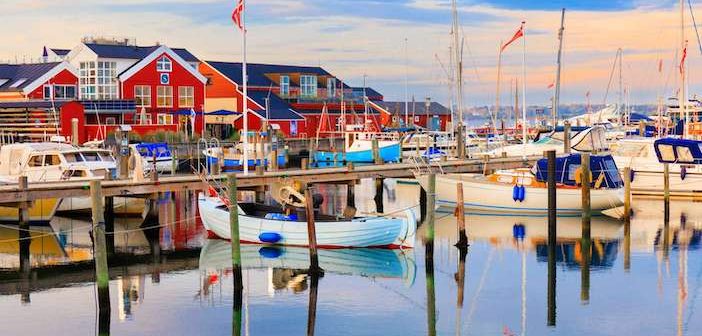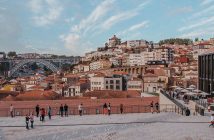In my pursuit of ideal European destinations for toddlers, many accompanied by my son over the years, Copenhagen emerged as a top contender back in 2001. Its pedestrian-friendly areas, moderate climate (perfect for tots who dislike heat), and the warmth of its people left a lasting impression. But what if you’re without children, in search of an adult-oriented, child-free experience?
Revisiting Denmark, this time exploring its coastal region known as Kystlandet, I found myself in a very grown-up Denmark, not the land of Lego or mermaids. It offers a fascinating and haunting experience, one of living legends as well as those of the past. They are not so much stoic as tenacious. The people you will meet, and those you will see looking back at you from old photographs, even staring back at you amongst your finds in the second-hand book capital of Europe, will stay with you long after you have left.
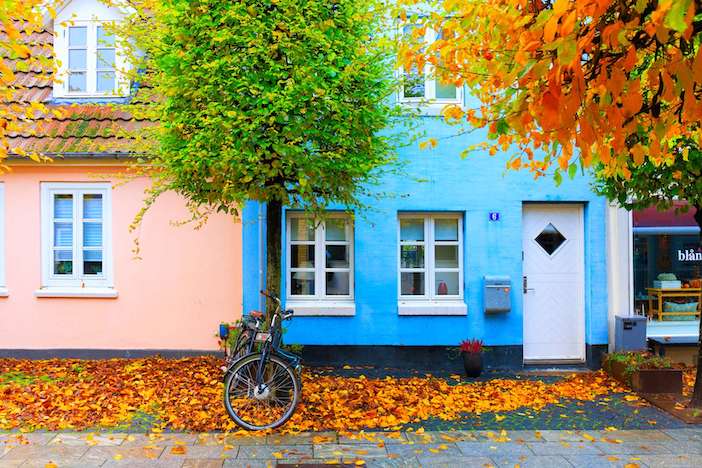
This is a place you could visit with your partner, your friend, or solo, indeed, and you would gain as much from it. It sells itself as a place where the pace is slower, but I would say it is more somewhere where your perspective on what is important in life is challenged, about the little things. Many of those I met had fast-paced lives in Copenhagen, or had travelled the world and latterly decided to retreat to the countryside and a life close to nature. It is not a simpler life, in many ways you need the business acumen you acquired in the city, but you need to be a polymath, a lateral thinker. It’s the sort of place that teaches you how to think, rather than what to think about life. That’s probably why they’re happy and inspirational. And probably one of the many reasons why you’ll return happy and inspired, too.
So, this one’s for the grown-ups, however you wish to travel…
For going it alone – a wellness stay in Vejle Fjord
Formerly a sanatorium with a striking façade, Hotel Vejlefjord Spa and Wellness was the inspiration of Christian Saugman, a young doctor interested in the rehabilitation of tuberculosis sufferers, which Saugman himself had experienced. Spanning over a hundred acres, most of which is forest, park and beach, in the mid 1950s the building evolved into helping those with neurological issues, and part of it is still used as a sanatorium.
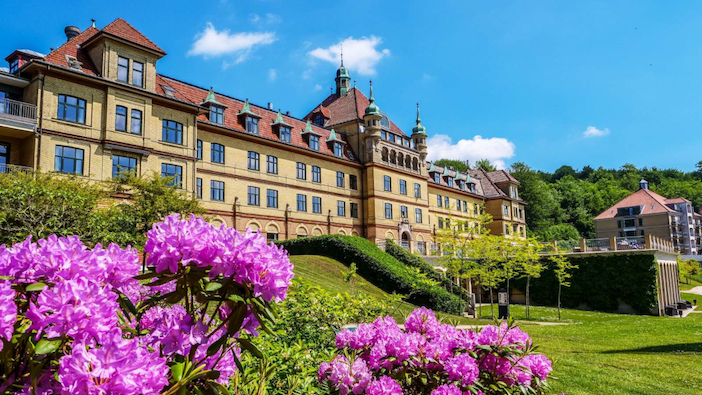
The spa features a forest sauna, a glass construction where one of the therapists throws large tennis balls of ice infused with aromatherapy oils to the floor, and wafts the hot air with oversized fans. It’s an immersive experience, all to the sounds of chill-out music – if you include Lady Ga Ga’s ‘Shallow’ as chill-out.
Having got the cryotherapy bug myself, I headed for the hot and cold plunge pools, which leave your skin – and spirit – tingling, and the saltwater where you float effortlessly and look up at a ceiling turning chakra colours. There are many other rooms and plunge pools, an excellent steam round and a room of waterfalls (think deep tissue massage but with water), even a walkway where water drips from plants languishing above your head.
Vejle Fjord (which my room overlooked) is a beautiful location, and well worth a day walking in the forest to the pier, to spot the sight of the Traeskohage lighthouse.
For more information about Hotel Vejlfjord, visit en.hotelvejlfjord.dk and on Instagram @hotelvejlefjord.
Travelling with a friend – Denmark for foodies and shoppers
The old fjord town of Horsens, with its cobbled streets of deliciously wonky houses of yellow, eggshell and pink mottled walls timbered black with half hidden courtyards is one of the oldest cities in Denmark. It’s also renowned as the European capital of second-hand shops and these are worth a visit, if only to take photos of a slice of Danish history from the Royal Copenhagen porcelain to the sandwich tiles which were traditionally used (and still are) by mothers who want to make a quick snack for children returning from school. It is ‘rye bread’ size. Check out Kjaers, ten minutes’ walk from the hotel.
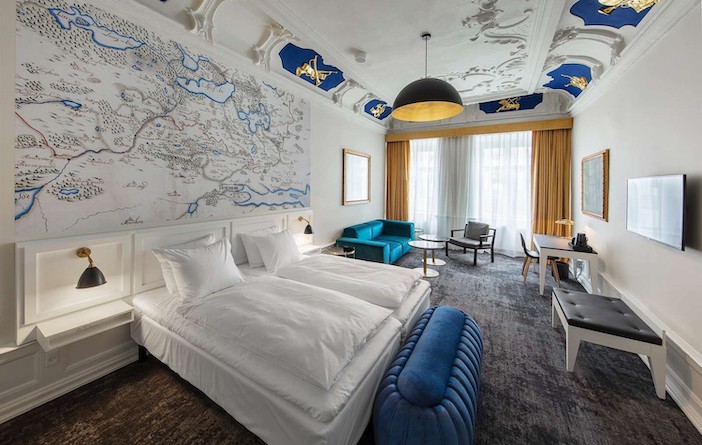
Formerly Lichtenberg Palace, the centrally located Jorgensens Hotel hotel was built by Gerhard de Lichtenberg, who in 1744 converted a merchant’s farm into the baroque mansion it is today. Situated in a pedestrianised street, but without the tatt and noise, the hotel offers an ideal location for exploring the local shops and restaurants and the Boulevard of Sculptures, an art-inspired route spanning over two miles offering a range of artworks.
Among the shops, NIOR’s shooting star is particularly good and they also offer an excellent range (over forty flavours) of ice cream – another Danish speciality. Another restaurant by the old industrial harbour offering excellent traditional Danish fayre, is Dolly’s. In an unassuming building (from the outside) but utterly charming (from the inside), I suggest a long lunch, ordering from an excellent menu, the fried pork belly with parsley-sauce and their sampler option of herrings, washed down with local and excellent Danish beer.
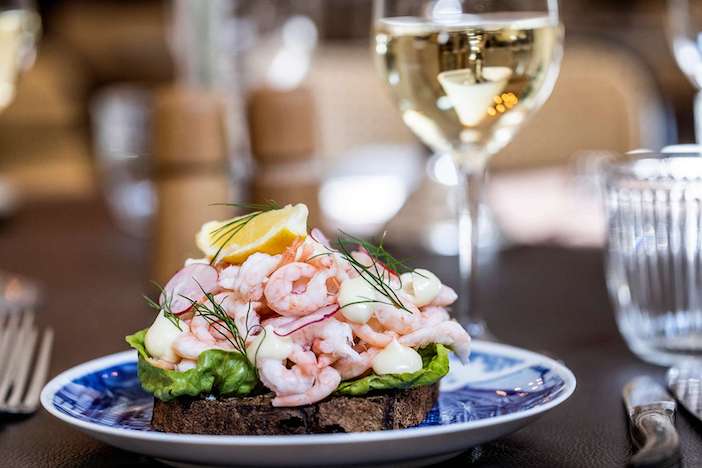
Denmark not only invented Lego but brought us shops like Flying Tiger, for useful knick-knacks for a fraction of the price you get elsewhere. Although much is said of Denmark being expensive, it depends where and how you shop and where and how you eat. Open sandwiches, (or smorrebrod) for which the Danish are famous, will cost from £6 to £10 depending on where you go.
For more information about Jorgensens Hotel, visit www.jorgansenshotel.dk.
A relaxing break with your partner…The hygge and haunting of Denmark
If you want to sample a real taste of the sea, take the ferry from the harbour town of Snaptun, to Endelave. Nominated ‘Island of the Year’ (yes, there is such a thing) in 2020 by the Society of Small Islands in Denmark, it’s famous for it being the home to thousands of rabbits. It’s an ideal destination for a couple of days cycling, horse riding, running or walking and the Kanino trail offers fifteen miles of walking, should you wish.
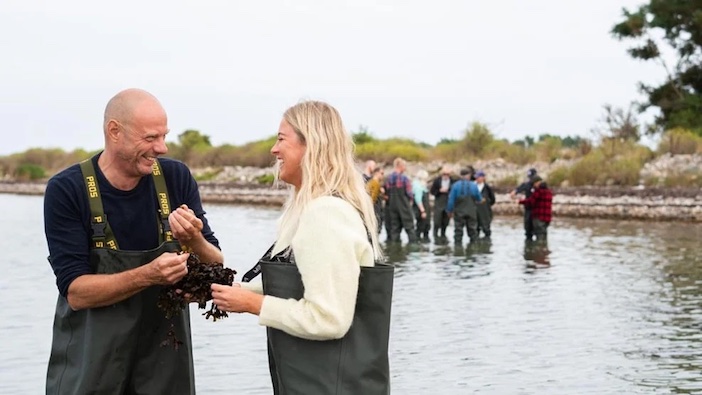
Endelave Tangsafari (Photo by David Jervidal, courtesy of Destination Kystlandet)
Take time out to visit Tanggarden – the Seaweed Farm where you can learn to harvest and taste seaweed. Wading in the deep marshes of the Kattegat Sea, where the tangled strands of seaweed hang drying in the wind like washing, you’ll feel a child again, thigh-deep in waders, it’s a surreal experience, especially as you can often see seals and porpoises staring at your endeavours.
I stayed at the Endelave Inn, which dates to 1803, in walking distance of the ferry pier, and offers excellent food, and picnics if you want to spend the day out. Around the island, the skies are huge, the horizon endless and the walks are only punctuated by the occasional field of grazing (and friendly) cows, horses, small ponies, and old thatched cottages, some selling jars of jam and pickles – as well as rabbits.
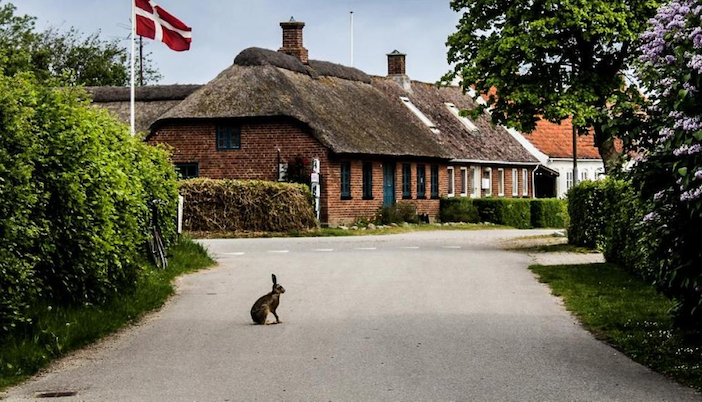
Throughout my coastal experience, I had met such happy people, but there is always a shadow to even the brightest of places. So it is with this region. Some places make an attraction out of it (think London Dungeons, or Tower of London), and Horsens is no exception – it hosts Europe’s largest prison museum.
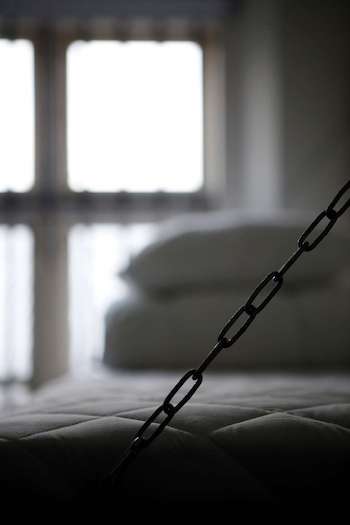 The experience is evocative, haunting, and potentially should have a trigger warning. It is enthralling from start to finish; even before you start the tour, images of prisoners and guards moving on a wall behind bars are projected so you feel their ghost and energy still walks the building. It’s an effect used in many of the rooms to help tell the stories of individual prisoners, adding to the visceral feeling of the place.
The experience is evocative, haunting, and potentially should have a trigger warning. It is enthralling from start to finish; even before you start the tour, images of prisoners and guards moving on a wall behind bars are projected so you feel their ghost and energy still walks the building. It’s an effect used in many of the rooms to help tell the stories of individual prisoners, adding to the visceral feeling of the place.
In one room is a collection of all the seemingly innocent objects which can be turned into weapons – from saucepans filled with oil, sharpened toothbrushes (they eventually made all toothbrushes out of rubber) – and another where Hell’s Angels were kept, with their own sitting room which they were allowed to decorate in their colours, and the story of the man who became known as the greatest escaper, gentleman thief, Carl August Lorentzen, who’s ingenuity and boldness allegedly inspired the story of The Shawshank Redemption – engineering an 18-metre tunnel in 1949, only to be captured six days later, in a local farm.
For more information about the Endelave Inn, please visit www.kroen-endelave.dk and on Instagram @kroen.endelave.
Direct flights are available from Heathrow or City to Billund (via BA) or Stansted (via Ryanair), taking just over 1.5 hours. For a sustainable journey intertwined with adventure, consider the Eurostar to Lille, followed by a scenic train route through Germany, passing Cologne and Hamburg, until reaching Billund Central.
For more information about Kystlandet, and to start planning your trip, please visit the official tourism website at www.kystlandet.com.
Photos courtesy of Destination Kystlandet

